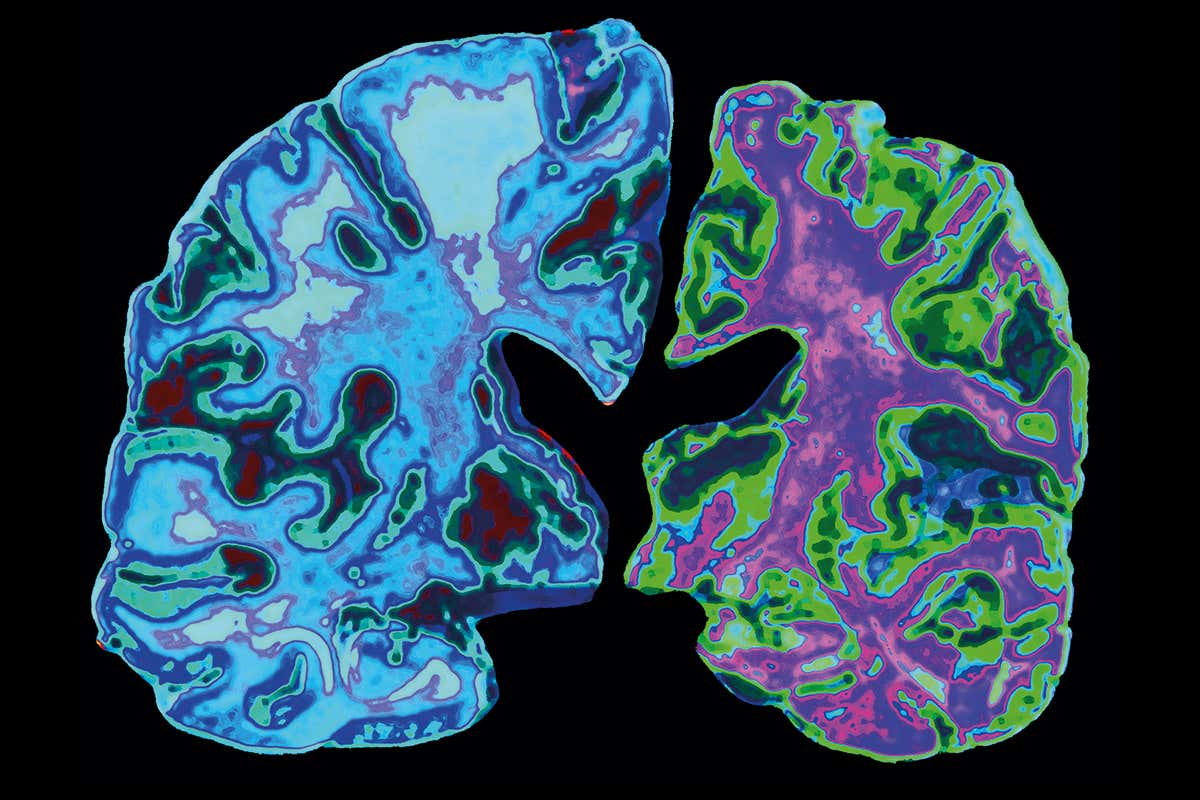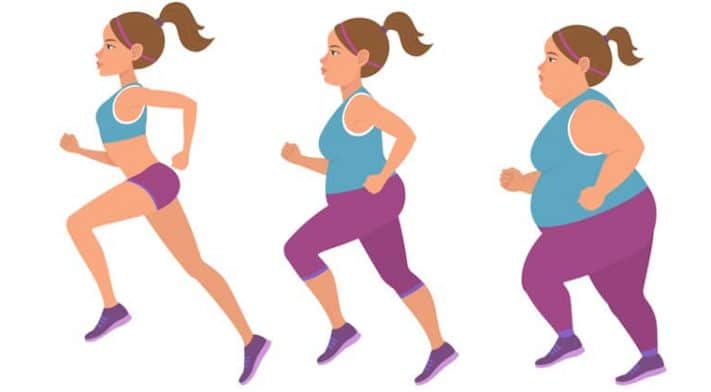With the beginning of the month of June, temperatures have increased significantly in the majority of the countries around the world along with the rise in humidity levels and the possibility of heat strokes.
Several media outlets have reported the incoming heatwave and temperature highs that are expected in a few weeks. The summer of this year, according to climate experts, may be among the warmest ever, especially the second half.
Therefore, health professionals have suggested taking extra precautionary measures for avoiding health problems that may occur with the rise in temperature, as summer may not harm the novel coronavirus but it sure as well can harm other living creatures.
The biggest concern that comes with hot weather is the risk of having heatstroke, which is a type of heat-related issue that occurs when the normal body temperature of a person rises above 104 degrees Fahrenheit or 40 degrees Celsius.
Some of the most common symptoms of having heatstroke include nausea, red and dry skin, lack of perspiration, faster than normal heartbeat, dizziness and headaches, vomiting, muscle weakness, and shallow breathing.
The likelihood of having a heat stroke can be cut down by following a number of preventive steps. For example, experts suggest wearing the most comfortable, light, and loose clothes over fitted and warm clothes. Avoid wearing excess coverings.
In addition, other mandatory steps include staying hydrated by drinking plenty of fluids especially when staying outdoors for longer periods of time.
RELATED: Hallucinations After Taking Magic Mushrooms – Is it Normal or Not?
Wearing sunscreen, hats, and sunglasses can also protect from other harmful effects of the sun, which is why experts suggest doing so as well as long with other aforementioned measures.
Staying in cars, specifically, those parked in the sunlight can significantly increase the risk of having a heat stroke. Therefore, do not stay in the cars for a very long and do not leave children inside either, even when going for a quick grocery trip.
The same also applies to pets such as cats and dogs. Contrary to the common assumption, humans are not the only ones who can get a heat stroke. In fact, heatstroke in dogs can occur with the rise of temperatures and incoming heat waves.
Heatstroke in dogs can even be fatal if the owner does not immediately get immediate medical help. Experts suggest that it is better to take extra precautionary steps to avoid the likelihood of a heat stroke in dogs in the first place.
According to research, the risk of heatstroke in dogs can affect a certain breed more than others. A study, whose findings occur in the journal Scientific Reports, shows that breeds with flat faces such as pugs may have fatal heat strokes.
In addition, the findings also show that other breeds like Bulldog, Cavalier King Charles spaniel, Chow chow, Grey Hound, French Bulldog, Dogue de Bordeaux, Springer spaniel, and Golden retriever may also be at a higher risk.
Chow chow is said to be at the highest risk among all other breeds. In comparison with the common Labradors, Chow chow is sixteen times more likely to have a heatstroke.
The senior lecturer in veterinary nursing science at Nottingham Trent University in the United Kingdom and leading investigator of the study, Emily Hall, states that other risk factors such as being overweight and older age can also contribute to the risk of heatstroke in dogs.
Therefore, it is better to take extra precautions and prepare for a heatwave for dogs as well especially if they are old. Staying indoors, frequent baths, and good water access are the key steps to prevent heatstroke in dogs.


